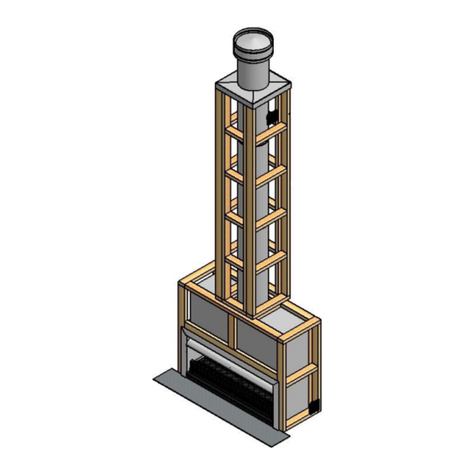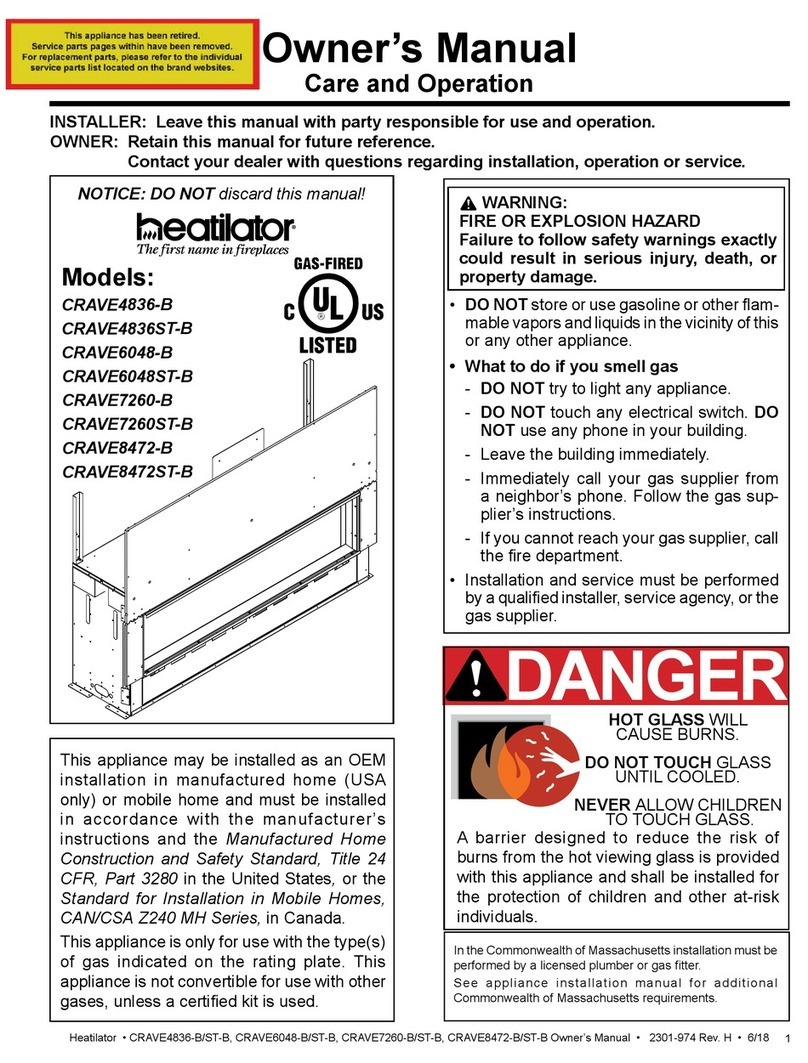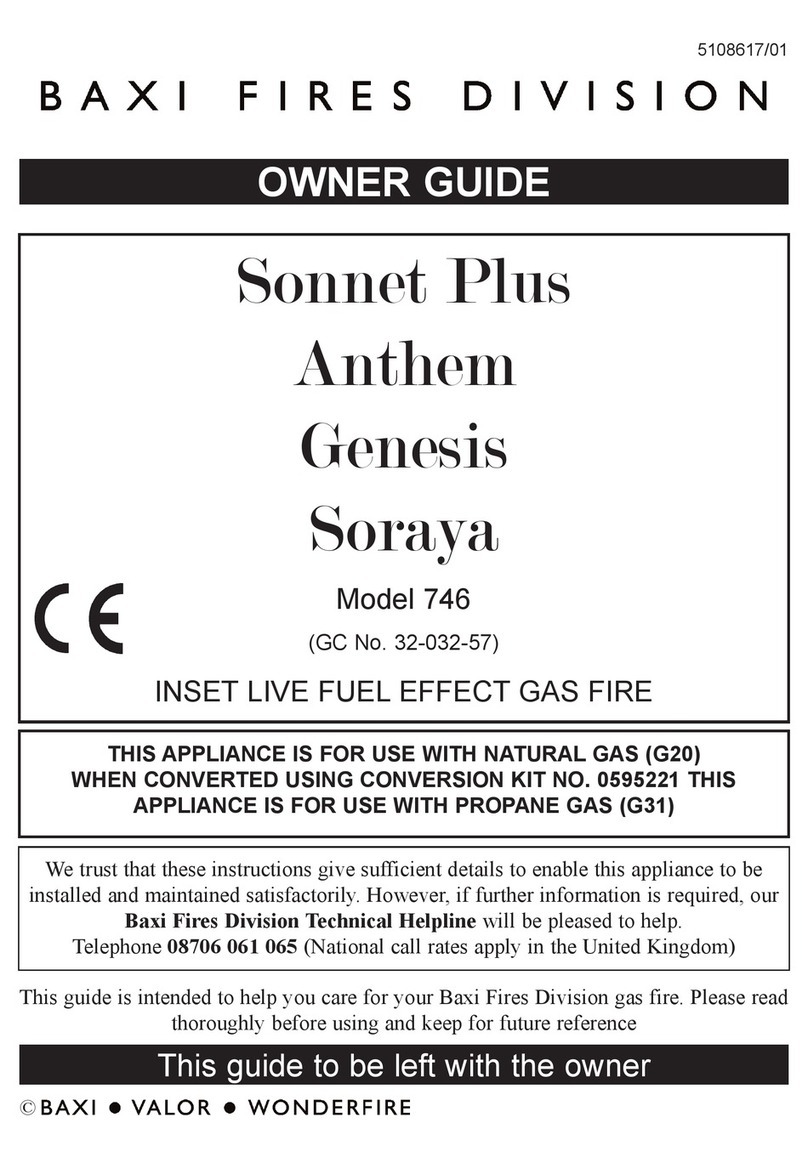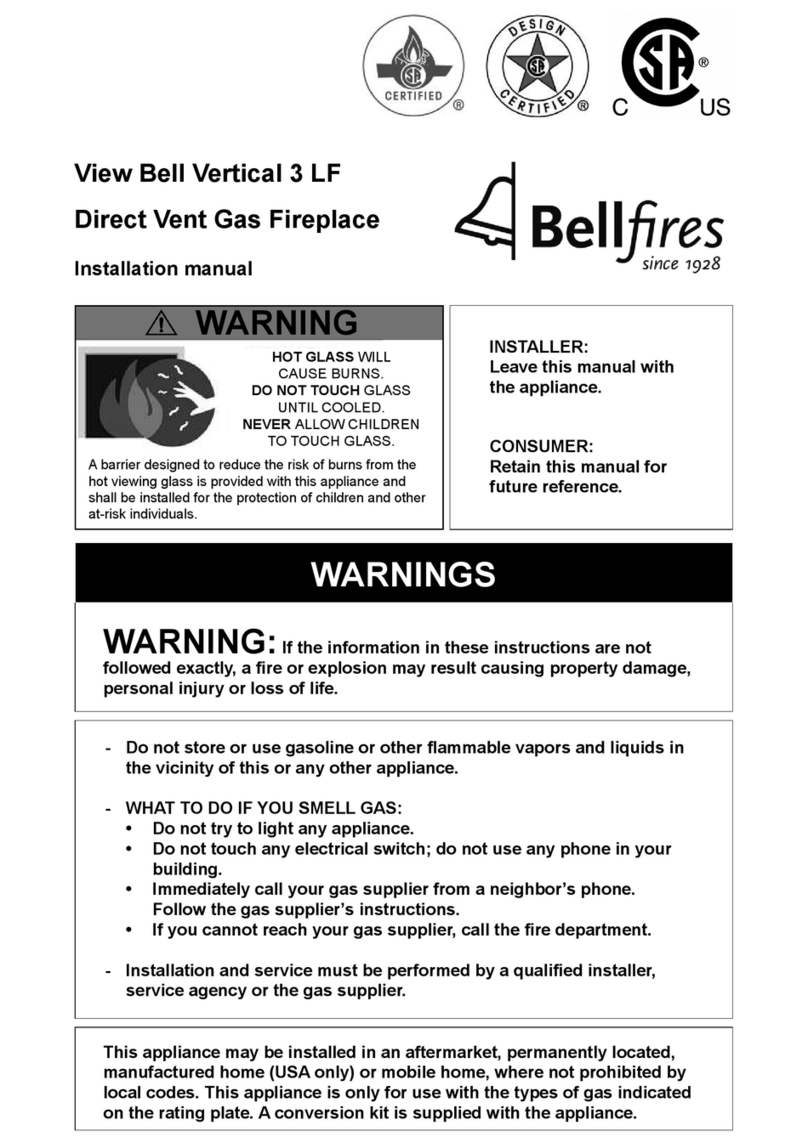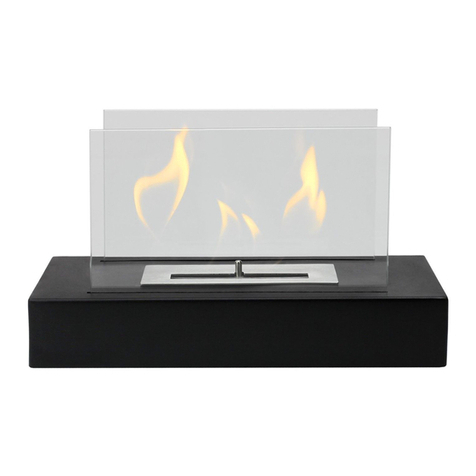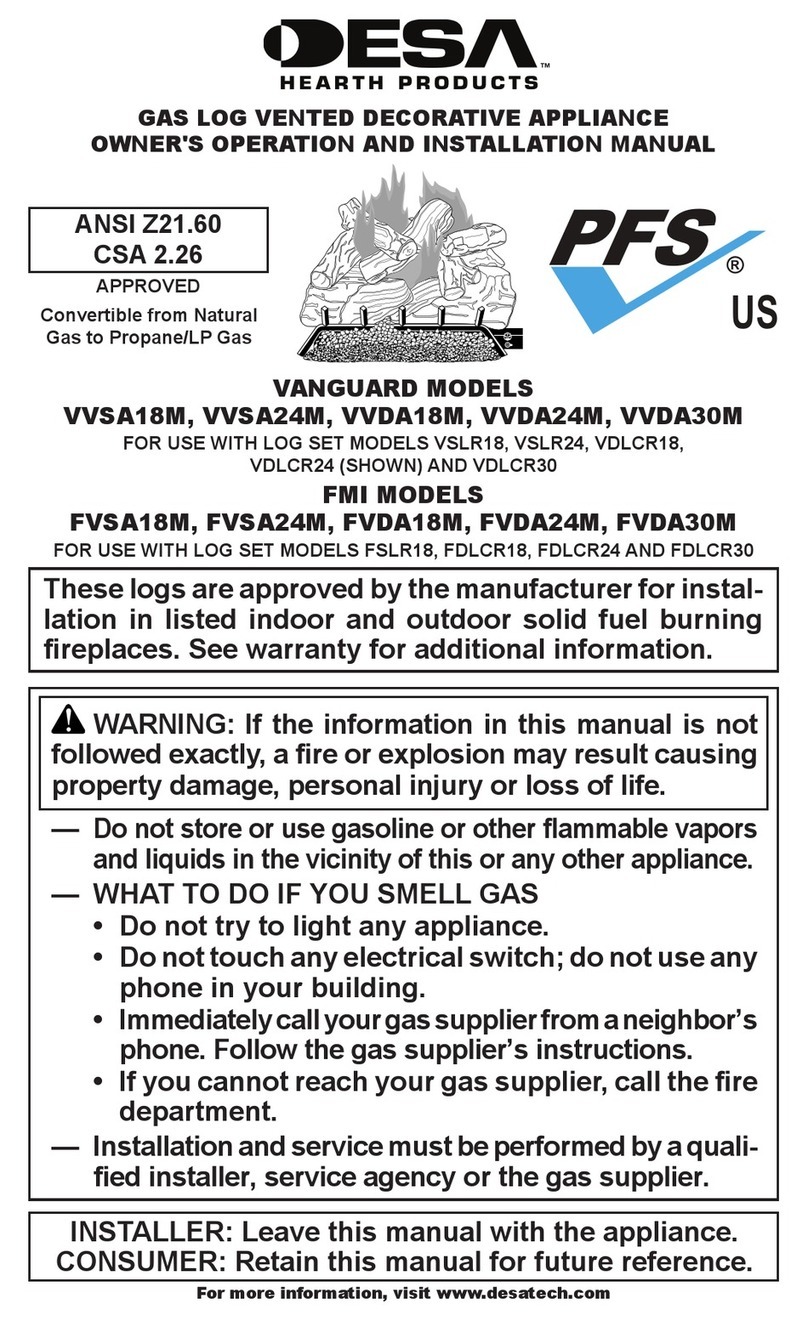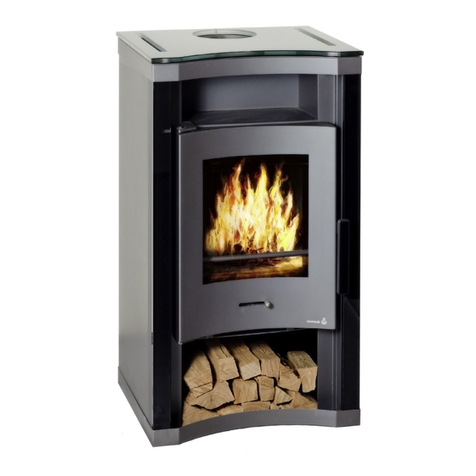
2
TABLE OF CONTENT
1. PREFACE 3
Explanations to symbols...........................................................................................................................................................................3
Spare part overview exploded diagram .....................................................................................................................................................4
Spare part overview article numbers.........................................................................................................................................................6
Dimensions ..............................................................................................................................................................................................7
Amount of fuel .........................................................................................................................................................................................7
Packaging .................................................................................................................................................................................................7
Electrical connection ................................................................................................................................................................................7
2. IMPORTANT INFORMATION 8
General warning and safety information ..................................................................................................................................................8
Safety distances ........................................................................................................................................................................................8
Prior to set up...........................................................................................................................................................................................9
e correct chimney connection...............................................................................................................................................................9
3. BRIEF INFORMATION ON FUEL - PELLETS 10
What are pellets?....................................................................................................................................................................................10
Wood pellet specification according to ENplus – A1.............................................................................................................................10
Pellet storage ..........................................................................................................................................................................................10
4. TECHNOLOGY AND SAFETY FUNCTIONS 11
Operating comfort..................................................................................................................................................................................11
Top efficiency - lowest emissions............................................................................................................................................................11
Pressure monitoring................................................................................................................................................................................11
Overheating............................................................................................................................................................................................11
Low-temperature shutdown...................................................................................................................................................................11
Electrical excess current protection.........................................................................................................................................................11
Component monitoring .........................................................................................................................................................................11
Power failure (during heating)................................................................................................................................................................11
Power failure (during the initial stage)....................................................................................................................................................11
5. INSTALLING THE STOVE 12
General information...............................................................................................................................................................................12
Combustion air.......................................................................................................................................................................................12
Feeding in external combustion air.........................................................................................................................................................12
Convection air conduction......................................................................................................................................................................12
6. ASSEMBLY/DISMANTLING STONE AND OPTIONS 13
Dismantling stone ..................................................................................................................................................................................13
7. INTERNAL CONTROLS – TOUCH-DISPLAY 15
Basics......................................................................................................................................................................................................15
Operation ...............................................................................................................................................................................................15
Input posibilities.....................................................................................................................................................................................15
Displays ..................................................................................................................................................................................................15
Putting into operation ............................................................................................................................................................................16
First steps................................................................................................................................................................................................16
HOME - main menu.............................................................................................................................................................................17
Main menu levels ...................................................................................................................................................................................17
MODE - mode selection .......................................................................................................................................................................17
SETUP – settings...................................................................................................................................................................................18
Heating time programme .......................................................................................................................................................................18
INFO - main menu................................................................................................................................................................................19
INFO – inputs........................................................................................................................................................................................19
INFO – outputs .....................................................................................................................................................................................19
INFO – parameters ................................................................................................................................................................................19
Screen saver ............................................................................................................................................................................................20
Additional information...........................................................................................................................................................................20
